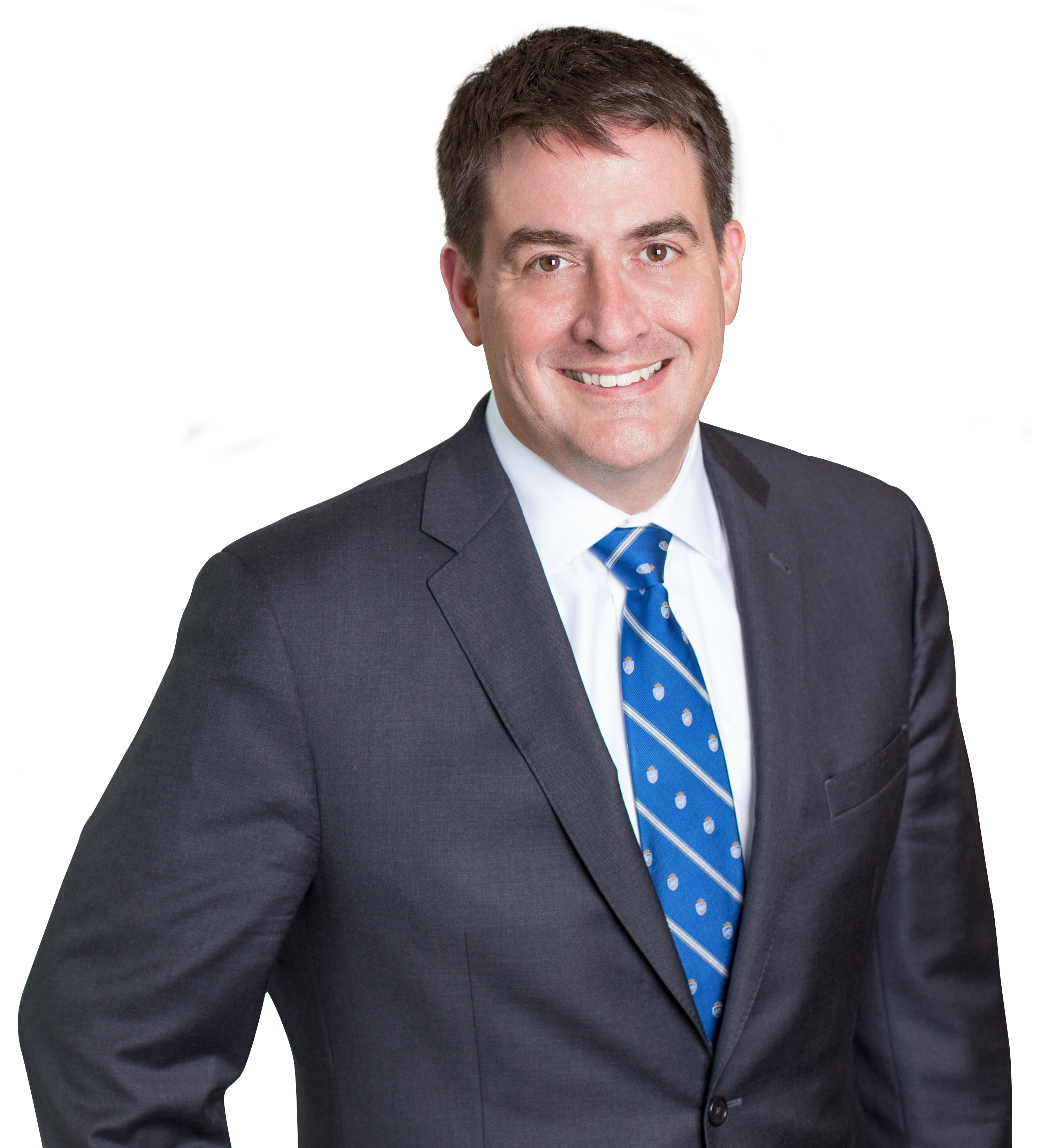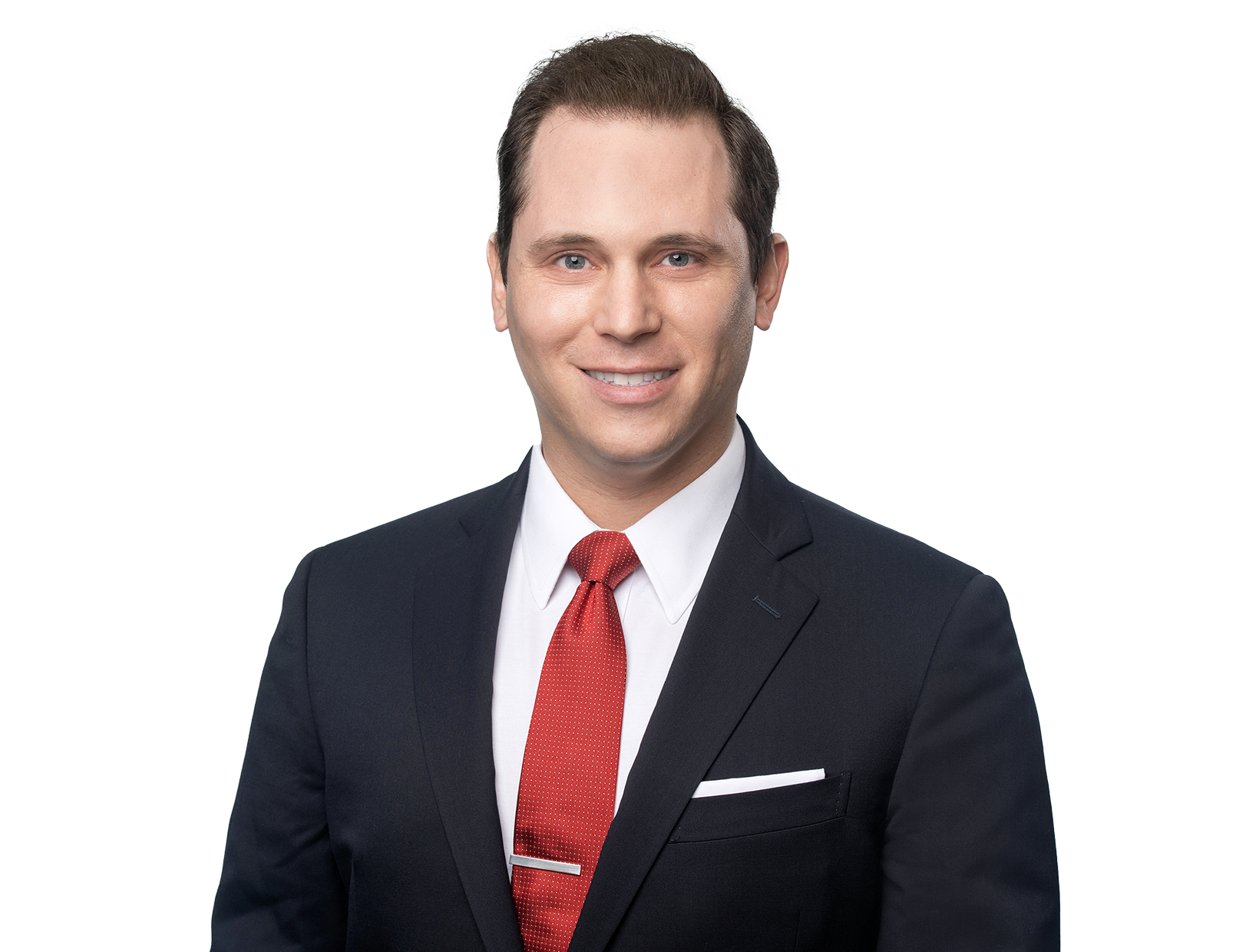IP Law Essentials
How To Present a Persuasive Opening Statement in a Patent Jury Trial
Authors
-
- Name
- Person title
- Principal

-
- Name
- Person title
- Principal

- Introduction
Litigators have long understood that jurors' opinions at the end of opening statements color, and correlate strongly with, how they interpret the evidence at trial. A 1940s study that assessed mock jurors at eighteen points during a mock trial found that 70-90% of jurors' initial judgments matched their final judgments.[1] A more recent study found that 37% of actual jurors surveyed self-reported that they had formed an opinion to side with either the plaintiff or defendant immediately after opening statements.[2] While the studies show that persuasion in the opening statement is at a premium, patent litigators must balance this persuasion with sufficient explanation of the complicated, and often dry, law and science underlying the case. Communicating this information effectively, and without alienating the jury, is key. This blog post examines the limitations on statements that can be made during opening and strategies for working within those rules to effectively present the scientific evidence without losing the jury's support.
- General Limitations on the Content of Opening Statements
Despite the importance of openings, their scope is narrow. According to Supreme Court Chief Justice Burger, the purpose of an opening statement is to state "what evidence will be presented, to make it easier for the jurors to understand what is to follow, and to relate parts of the evidence and testimony to the whole."[3] The overarching principle, therefore, is that litigants must focus on the evidence they intend to present. In light of this focus, here are the common types of statements litigators must avoid during opening.
- No Attorney Argument. Justice Burger has explained that opening statements are "not an occasion for argument," and, if the argument relates to "significant elements of the case," it could constitute professional misconduct.[4] This can include stating opinions, characterizing evidence, and describing certain inferences that can be made from the evidence. Instead, attorneys must discuss what the evidence, that they reasonably believe will be admitted at trial, will show.
- No Attorney Assertion of Personal Knowledge or Personal Opinions. Litigants are also precluded from indicating to the jury that they have personal knowledge of the facts in issue or state a personal opinion as to the justness of a cause, the credibility of a witness, or the culpability of a civil litigant.[5] According to Chief Justice Burger, "it is fundamentally unfair to an opposing party to allow an attorney, with the standing and prestige inherent in being an officer of the court, to present to the jury statements not susceptible of proof but intended to influence the jury in reaching a verdict."[6] Attorneys must stick to the facts. Instead of asserting personal knowledge, they should discuss expected witness testimony; likewise, instead of asserting an opinion as to credibility or culpability, they should discuss facts that strengthen those characteristics.
- No Attorney Discussion of Likely Inadmissible Evidence. Finally, an opening statement cannot contain discussion of subject matter that is not reasonably believed to be relevant or supported by admissible evidence.[7] Litigants must therefore avoid unrelated appeals to sympathy or prejudice. Likewise, subject matter that, even if relevant, may not be admissible should not be previewed for the jury in opening statements.
These rules constrain the generally accepted scope of trial opening statements to descriptions of what "the evidence will show," who the jury "will hear from," and about what the witnesses "will testify." These common phrases during opening, while not mandatory, are helpful during drafting to keep litigators focused on presenting the evidence rather than straying to argument.
- Effectively Presenting Scientific Information Given These Limitations
The rules for opening statements remain the same even when the subject matter is complicated scientific evidence. Many litigants are tempted to shy away from the science or oversimplify it, expecting that a discussion of science will go over jurors' heads. This is a mistake for two important reasons.
First, jurors do not respond favorably when they are treated like they cannot understand science. This makes sense since people generally dislike condescension and prefer to be given the benefit of the doubt. If attorneys spend an entire opening statement the only extended chance to show the jury how they view the evidence before the end of trial essentially communicating that they think the jury is not smart, the jury is unlikely to adopt their perspective. Instead, an opening statement should exclude any tone or implication that key details have to be removed for the jury to understand. This is not to suggest that an attorney's opening statement should be presented at the level of a graduate textbook. Rather, an opening statement should present the scientific evidence the jury will hear incrementally and step-by-step, the same way the attorney learned it and the same way it will be presented by the expert.
Second, presenting the scientific evidence as it will be discussed by the expert is more effective in the grand scheme of trial. Presenting it this way primes the jury for the evidence they should expect to hear, the words they should listen for, and how exactly the science fits into the rest of the case. Simplifying too much during opening statements risks jury confusion regarding whether the evidence they are hearing from experts is new and, if so, how it fits into the broader theory of the case.
- Opening Statement Example: Chemistry Instead of Cookies
An example is helpful to emphasize the importance of crediting juries. In Invista North America v. M&G USA Corp., Fish & Richardson represented the Plaintiff, Invista, in a patent infringement litigation against M&G USA.[8] Invista held a patent directed toward a chemical composition for plastics used in food containers.[9] During the opening statement, Invista's attorney, William Marsden, spent a significant portion of his time discussing the underlying scientific problem the inventor of the patent confronted, the novel way the inventor solved that problem, how that solution was protected by a patent, how M&G infringed that patent, and how all of this evidence would be shown at trial.
In contrast, defense counsel attempted to oversimplify the science in a way that, for the jurors, appeared condescending. Below are some excerpts from defense counsel's scientific explanation during opening statements.
Instead of looking at plastic bottles and pellets, I tried to think of an analogy that was at least easier for me when I first heard about it. Cookies. Who doesn’t love chocolate chip cookies?[10] ... .
Going back to chocolate chip cookies, this is a little bit similar to baking soda. Baking soda has a purpose; right? So what you’ll hear is that when baking soda goes into a cookie, it converts into carbon dioxide and it gets puffy; right? That’s why all of our cookies raise and they have little air pockets in there and they’re so good.[11]
It was clear to the jurors that defense counsel had attempted to find something she thought the jurors could understand cookies rather than trust them to learn the core science at issue in the case. When questioned immediately after the opening whether the patent "ha[d] anything to do with chocolate chip cookies and baking soda," the inventor of the patent testified, "not really."[12] Having insulted the jury's intelligence during opening statement, defense counsel should not have been surprised when the jury ultimately found the patent valid and infringed by the defendant.
* * *
Opening statements are limited to the presentation of the evidence that will be shown at trial for a good reason: that is what the jury wants to hear. Treating the jury as capable of understanding scientific evidence not only sets up the trial team for easier presentation of evidence later, but also builds a connection of trust with the jury. While it may be tempting to oversimplify complicated science, the potential ramifications of sounding condescending are not worth the risk. Trust the jury, stick to the evidence and your opening statement will be the one to carry the day.
More questions? Contact the authors or visitFish's Intellectual Property Law Essentials.
[1] H.P. Weld & E.R. Danzig, A Study of the Way in Which a Verdict Is Reached by a Jury, 53 Am. J. Psychology 518 (1940).
[2] Valerie P. Hans & Krista Sweigart, Jurors' Views of Civil Lawyers: Implications for Courtroom Communication, Cornell Law Faculty Pub., paper 321 (1993).
[3] United States v. Dinitz, 424 U.S. 600, 612 (1976) (Burger, C.J. concurring).
[4] United States v. Dinitz, 424 U.S. 600, 612 (1976) (Burger, C.J. concurring).
[5] Model Rules of Prof'l Conduct R. 3.4(e) (2020).
[6] United States v. Dinitz, 424 U.S. 600, 612 (1976) (Burger, C.J. concurring).
[7] Model Rules of Prof'l Conduct R. 3.4(e) (2020).
[8] See generally Invista N. Am. S.A.R.L. v. M&G USA Corp., No. 11-cv-01007 (SLR) (D. Del. 2013).
[9] See U.S. Patent No. 7,943,216.
[10] Invista N. Am. S.A.R.L. v. M&G USA Corp., No. 11-cv-01007 (SLR), Trial Tr. Vol. B at 218:1-5 (D. Del. July 18, 2013).
[11] Id. at 221:22-222:3.
[12] Id. at 297:1-2.
Authors: Scott Flanz, Douglas E. McCann
The opinions expressed are those of the authors on the date noted above and do not necessarily reflect the views of Fish & Richardson P.C., any other of its lawyers, its clients, or any of its or their respective affiliates. This post is for general information purposes only and is not intended to be and should not be taken as legal advice. No attorney-client relationship is formed.